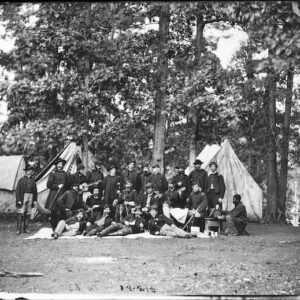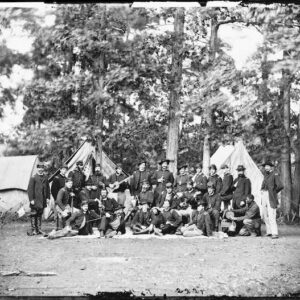Tag: banjo
 Wikipedia says: The banjo is a stringed instrument with a thin membrane stretched over a frame or cavity to form a resonator. The membrane is typically circular, and usually made of plastic, or occasionally animal skin. Early forms of the instrument were fashioned by Black Americans in the United States. Historically, the banjo occupied a central place in Black American traditional music and the folk culture of rural whites before entering the mainstream via the minstrel shows of the 19th century.
Wikipedia says: The banjo is a stringed instrument with a thin membrane stretched over a frame or cavity to form a resonator. The membrane is typically circular, and usually made of plastic, or occasionally animal skin. Early forms of the instrument were fashioned by Black Americans in the United States. Historically, the banjo occupied a central place in Black American traditional music and the folk culture of rural whites before entering the mainstream via the minstrel shows of the 19th century.
In the antebellum South, many enslaved Africans played the banjo, spreading it to the rest of the population. In his memoir With Sabre and Scalpel: The Autobiography of a Soldier and Surgeon, the Confederate veteran and surgeon John Allan Wyeth recalls learning to play the banjo as a child from an enslaved person on his family plantation. Another man who learned to play from African-Americans, probably in the 1820s, was Joel Walker Sweeney, a minstrel performer from Appomattox Court House, Virginia. Sweeney has been credited with adding a string to the four-string African-American banjo, and popularizing the five-string banjo. Although Robert McAlpin Williamson is the first documented white banjoist, in the 1830s Sweeney became the first white performer to play the banjo on stage. Sweeney’s musical performances occurred at the beginning of the minstrel era, as banjos shifted away from being exclusively homemade folk instruments to instruments of a more modern style. Sweeney participated in this transition by encouraging drum maker William Boucher of Baltimore to make banjos commercially for him to sell.
According to Arthur Woodward in 1949, Sweeney replaced the gourd with a sound box made of wood and covered with skin, and added a short fifth string about 1831. However, modern scholar Gene Bluestein pointed out in 1964 that Sweeney may not have originated either the 5th string or sound box. This new banjo was at first tuned d’Gdf♯a, though by the 1890s, this had been transposed up to g’cgbd’. Banjos were introduced in Britain by Sweeney’s group, the American Virginia Minstrels, in the 1840s, and became very popular in music halls.
The instrument grew in popularity during the 1840s after Sweeney began his traveling minstrel show. By the end of the 1840s the instrument had expanded from Caribbean possession to take root in places across America and across the Atlantic in England. It was estimated in 1866 that there were probably 10,000 banjos in New York City, up from only a handful in 1844. People were exposed to banjos not only at minstrel shows, but also medicine shows, Wild-West shows, variety shows, and traveling vaudeville shows. The banjo’s popularity also was given a boost by the Civil War, as servicemen on both sides in the Army or Navy were exposed to the banjo played in minstrel shows and by other servicemen. A popular movement of aspiring banjoists began as early as 1861. The enthusiasm for the instrument was labeled a “banjo craze” or “banjo mania.”
By the 1850s, aspiring banjo players had options to help them learn their instrument. There were more teachers teaching banjo basics in the 1850s than there had been in the 1840s. There were also instruction manuals and, for those who could read it, printed music in the manuals. The first book of notated music was The Complete Preceptor by Elias Howe, published under the pseudonym Gumbo Chaff, consisting mainly of Christy’s Minstrels tunes. The first banjo method was the Briggs’ Banjo instructor (1855) by Tom Briggs. Other methods included Howe’s New American Banjo School (1857), and Phil Rice’s Method for the Banjo, With or Without a Master (1858). These books taught the “stroke style” or “banjo style”, similar to modern “frailing” or “clawhammer” styles.
Showing all 7 resultsSorted by latest
-

Image ID: AQLP
$6.99 -

Image ID: AQLS
$6.99 -

Image ID: AQPP
$6.99 -

Image ID: AQCW
$4.99 -

Image ID: AXUZ
$0.99 -

Image ID: ACYC
$4.99 – $6.99 This product has multiple variants. The options may be chosen on the product page -

Image ID: AMWT
$1.99